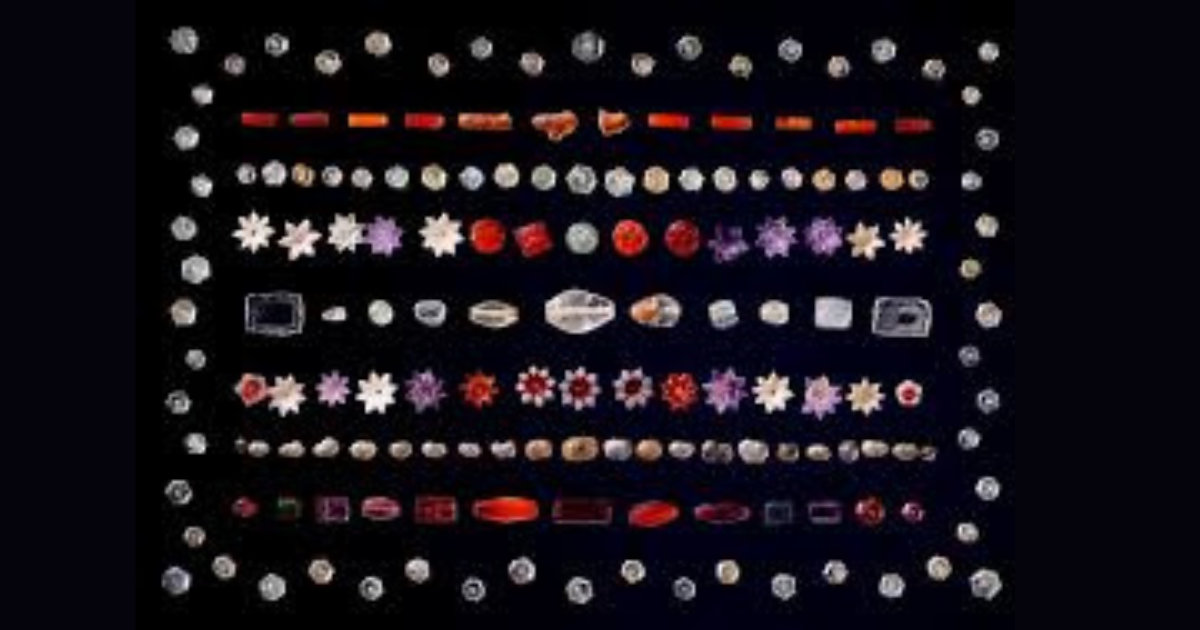Auction of Buddha’s Cremation Jewels Causing Controversy
Sotheby’s Hong Kong has plans to auction a collection of 331 gemstones known as the “Piprahwa Gems,” unearthed in 1898 in Piprahwa, Uttar Pradesh, India. However, those plans may be squashed based on where the gems were found — or, more accurately, with whom they were buried.
That’s because the relics, including amethysts, garnets, pearls, and gold, were discovered alongside bone fragments identified by an ancient Pali inscription as belonging to the Buddha himself.
They date from around 240–200 BCE, and many believe that the gems hold sacred significance and should not be separated from Buddha’s remains — or, at the very least, should be placed in a venerated location and not sold to the highest bidder.
Buddhist backlash
According to multiple outlets, the auction is facing backlash from the Indian government and Buddhist communities worldwide. India’s Ministry of Culture issued a legal notice to Sotheby’s, asserting that the relics are sacred and inalienable cultural property. They argued that the sale would violate Indian heritage laws and international conventions, including those under UNESCO. The government demanded the auction’s cancellation, repatriation of the relics, and a public apology from both Sotheby’s and the consignor, Chris Peppé, a descendant of the British colonialist who excavated the site.
In response to the legal and ethical concerns, Sotheby’s postponed the auction, removing promotional materials and agreeing to further discussions. The auction house maintained that it had conducted due diligence regarding the legality and provenance of the items.
Sacred objects
Buddhist scholars and monastic leaders condemned the proposed sale, emphasizing that relics like the Piprahwa Gems are not mere artifacts but sacred objects imbued with the Buddha’s presence. In Buddhist tradition, such relics, known as śarīra, are pearl or crystal-like beads found among the cremated ashes of spiritual masters. They are considered evidence of the masters’ enlightenment and are venerated in stupas and temples.
The controversy also highlights the enduring impact of colonial-era excavations and the ongoing debates over the rightful ownership and repatriation of cultural and religious artifacts. While some argue that the auction could provide funds for Buddhist institutions, critics contend that monetizing sacred relics is sacrilegious and perpetuates historical injustices.




